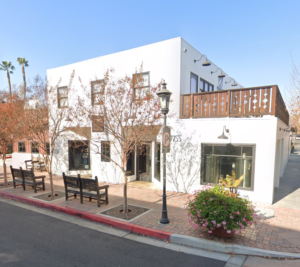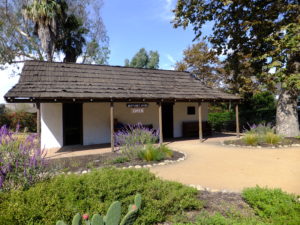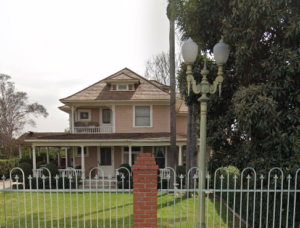The following are some of DP&P’s representative projects:


Cultural Resources Report and Evaluation of Impacts
Relocation of the Cooper House, Riverside, CA
The project associated with the upper image at the left included preparation of a cultural resources report and CEQA initial study for the relocation of the William A. Cooper House from 3690 Adams Street on the California Baptist University campus to 2909 Lime Street in Riverside, California. The evaluation of impacts and resulting mitigated negative declaration addressed the cataloguing of features and preparation for the move, the physical relocation of the structure, and the repair and rehabilitation of the home at its new site to preserve and restore its character-defining features and historic integrity. The windows, dormer and stickwork were carefully removed before the move to be re-installed at the new site. The front porch was painstakingly deconstructed with each block numbered so it could be rebuilt at the new site. Minor changes were incorporated to add steps from the public sidewalk to the front porch due to the slight slope at the new site.
Former Nick’s Cafe, San Juan Capistrano, CA
The project associated with the lower image at the left was a historic resources technical report documenting the history of the original Nick’s Cafe on Verdugo Street in San Juan Capistrano, California, and evaluating impacts of a development project. The historic report determined that the original building, although altered over time, was significant under California Register of Historical Resources Criterion A for its association with 20th century Basque history of San Juan Capistrano. Prior to this report, what had been written about San Juan Capistrano’s Basque history had primarily focused on prominent Basques who settled there beginning in the late 1800s to the turn of the last century, who were engaged in ranching and citrus. This building and its owners Nick and Canuta Arbonies represented a later era of Basque immigrants to settle in San Juan Capistrano, so the historical report documented another important part of the Basque immigration experience centered around cultural and social affinity. A project to redevelop the site removed non-historic Monterey style balcony and trim, and restored the building façade appearance to its 1938-1959 period of significance.

Historic Structure Restoration and Interpretive Displays
Montanez Adobe Museum, San Juan Capistrano, CA
The project involved removing the circa 1980s visually distracting and outdated seismic support structure inside the two-room National Register adobe originally built in 1794, replacing it with seismic improvements for historic adobes consistent with Getty Conservation Institute guidelines, restoration of materials and elements, and updating interior interpretive displays. Interior and exterior walls were strengthened and repaired, then coated with mud plaster and limewash. Rods connecting the roof structure into the walls were installed with epoxy. The elongated redwood roof shingles were replaced like-for-like. The packed earth floor was re-compacted and coated with linseed oil. Incompatible pressure-treated wood porch columns were restored to chamfered corner posts. Tule reeds were harvested and dried by the Acjachemen Nation for installation on the porch ceiling. Historical photograph and site archaeological displays were created in the main entry room, and the museum room was re-interpreted with furnishings and objects appropriate to the circa 1850 period when Polonia Montanez was the record deed-holder of the property. The restoration project received a Preservation Design Award from the California Preservation Foundation and a Divine Detail Award from the San Diego Chapter of the American Institute of Architects.

Landmark Designations, Historic Evaluations and Mills Act
Homes and Non-Residential Buildings
The pictured private home was a landmark designation prepared for the City of Riverside, CA. DP&P researches the history of your building, prepares an architectural description and historical narrative, provides an evaluation of its historic significance in accordance with federal, state and local criteria and prepares a landmark designation application if desired by the owner. DP&P also prepares historical evaluations of buildings in support of CEQA/NEPA for your development project, which can be used as a technical study with environmental documents such as Mitigated Negative Declarations and Environmental Impact Reports and Statements. In addition, we provide third-party services to local agencies for peer reviews of CEQA/NEPA evaluations of historical properties.
We are also experts in the Mills Act, which provides a potential property tax reduction incentive for owners of historic buildings. DP&P has extensive experience creating and implementing Mills Act programs for local agencies, including implementing ordinances and resolutions, training, application processing and inspections, etc. We are also available to educate individual property owners about the Mills Act and prepare and process agency applications for approval of Mills Act contracts.